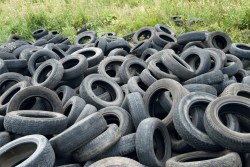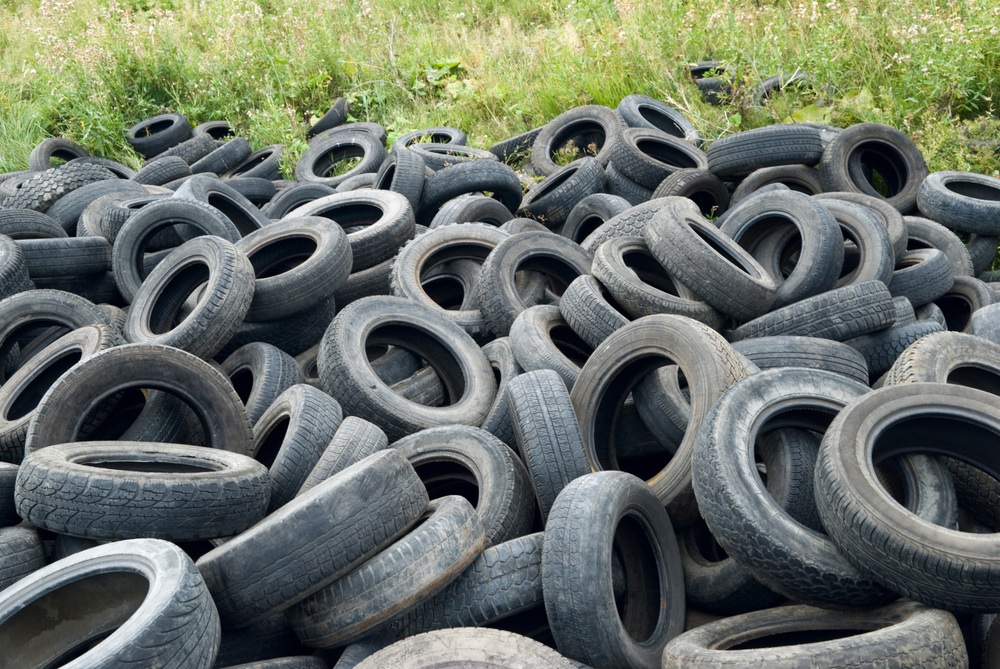
ShutterstockTires should not be burned for electricity.
Take a cloud of carbon monoxide. Mix in nitrogen oxide, sulfur oxide, and ammonia. Sprinkle it with a heap of soot.
That poisonous recipe is cooked up and released into the air when tires are burned. And it’s what residents of the heavily polluted, low-income, predominantly black community of Ford Heights, Ill., have been breathing, on and off, since a tire-incinerating power plant began operating in their neighborhood in 1995.
But relief has finally arrived: Following a string of air pollution citations and a federal civil rights complaint, Geneva Energy has agreed to stop burning tires to generate electricity at the sprawling Cook County facility.
“This settlement will eliminate the source of almost 200 tons of air pollutants each year, in a community that has historically been disproportionately impacted by environmental contamination,” EPA Regional Administrator Susan Hedman said in a statement on Monday.
The company began operating the incinerator in 2006. By 2010, it had been cited four times by state inspectors for pollution violations at the facility, at which point the EPA stepped in with the civil rights complaint, the Chicago Tribune reports. In 2011, the incinerator was switched off. In Monday’s announcement, the EPA said that it had reached an agreement that prevents the company from switching the incinerator back on.
The power plant’s history is as flavorful as the pollution it produces. From the Tribune article:
Throughout its troubled history, the Ford Heights plant had political patrons in Springfield pushing laws to make it financially viable.
The facility was built in 1995 amid growing debate about a state law that required power companies to buy electricity from incinerators at above-market rates. Lawmakers repealed the subsidies a year later, the original owners of the incinerator went bankrupt and the company defaulted on nearly $80 million in state bonds.
Another group of investors flourished during a Bridgestone/Firestone tire recall in 2000 but filed for bankruptcy after the incinerator’s turbine blew up in 2004.
In 2010, the same year the EPA’s Office of Civil Rights began its investigation, the Illinois House passed a bill that would have added tire burning to the state’s definition of green, renewable energy. The measure would have made the incinerator a player in a growing market for renewable energy in Illinois, where power companies must get at least 10 percent of their electricity from pollution-free sources by 2015 and 25 percent by 2025.
At the time, the incinerator’s owner told the Tribune that green energy subsidies would be “the difference between us making it or not.” The measure later failed in the Illinois Senate.
The closure of the plant is good news for anybody who breathes the air in Cook County, which encompasses most of Chicago. Tires should not be burned to generate electricity: There are eco-friendlier ways of handling the hundreds of millions of tires discarded every year by Americans, such as recycling them into paving and construction materials.
But a similar facility continues to operate in Sterling, Conn. It is now the nation’s only remaining tire-to-energy power plant, although it might soon have some company. A new one is proposed to be built in Pennsylvania, with controversial permit approvals currently tied up in court.



